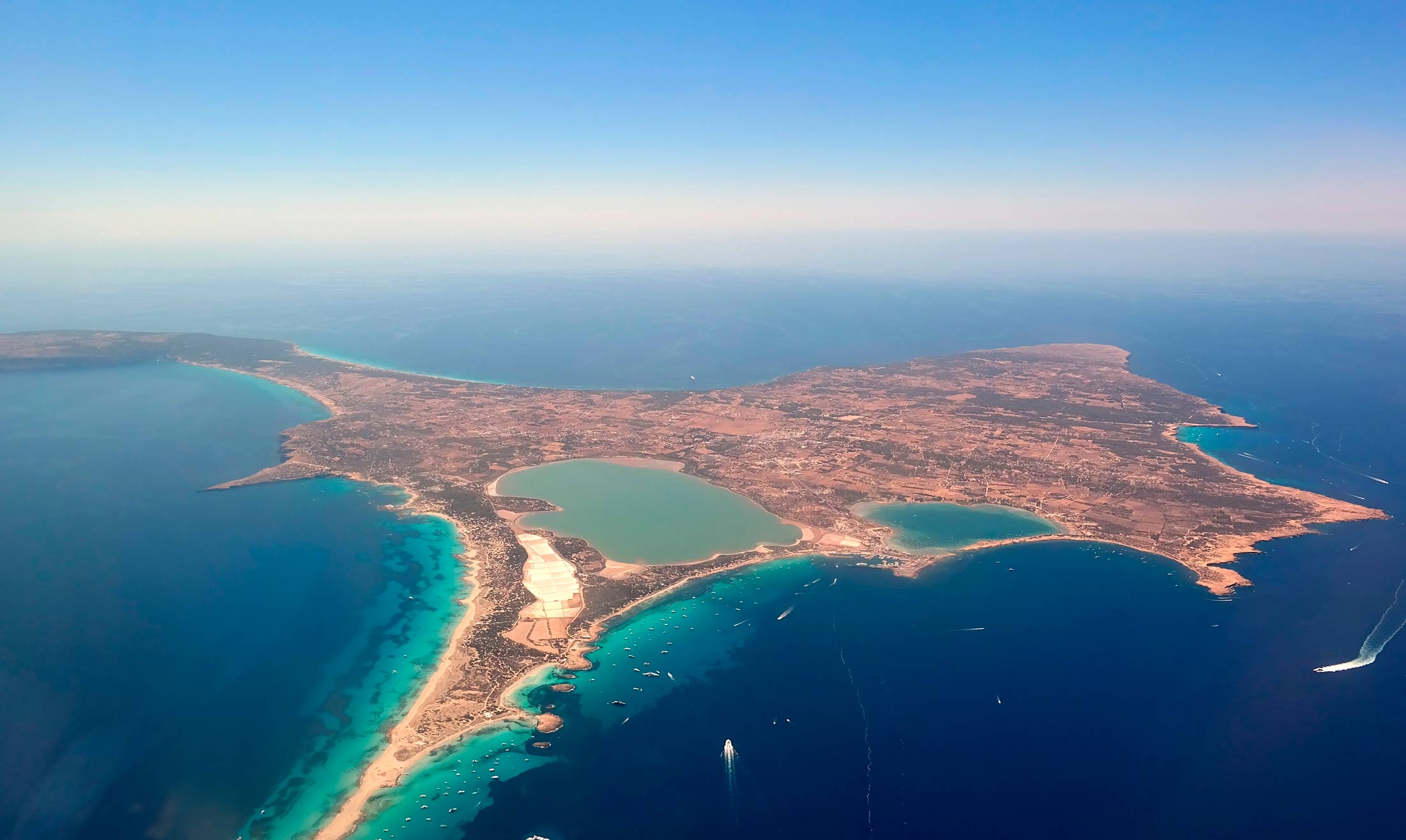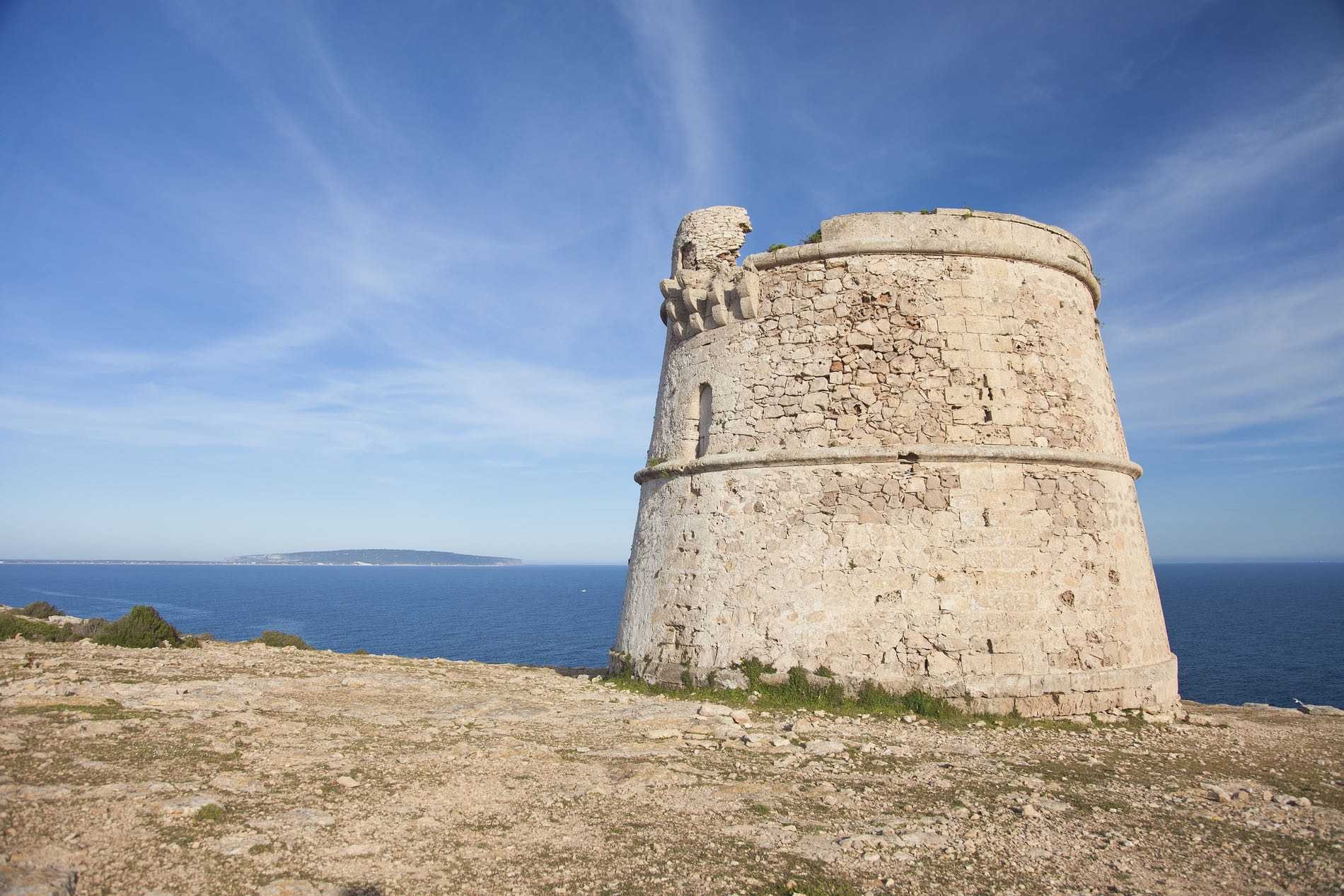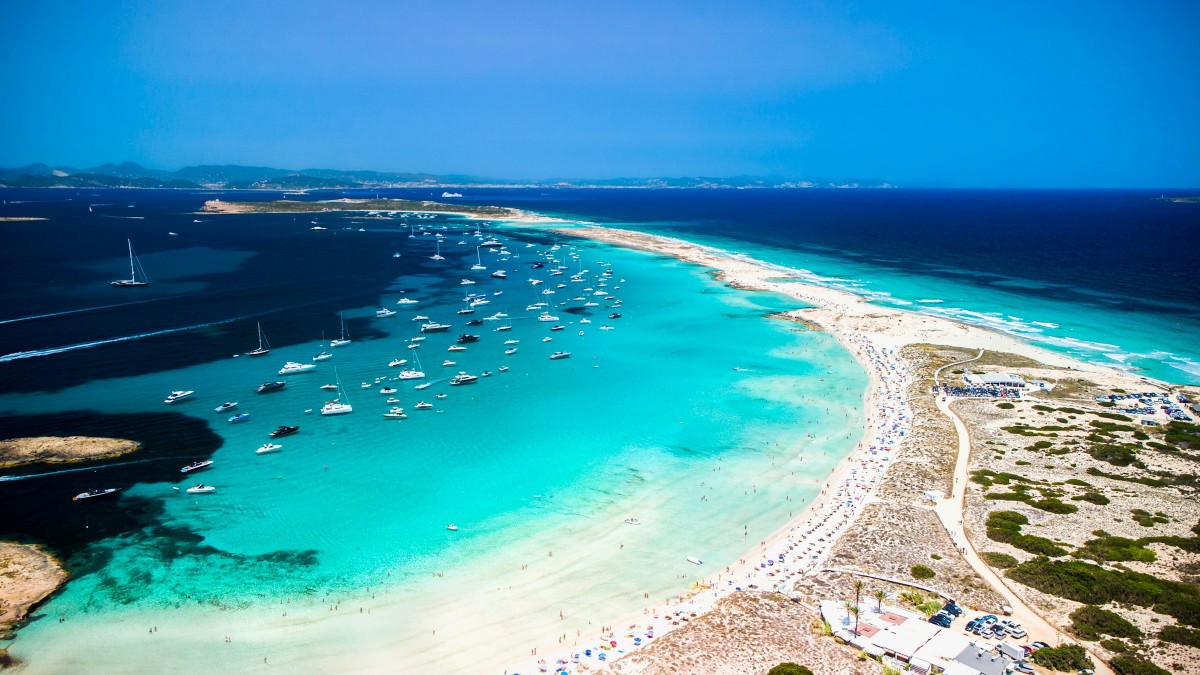Formentera is the smallest and southernmost island of the Balearic Islands of Spain. Known for its clear waters, white sandy beaches, and tranquil environment, it contrasts sharply with its more bustling neighbour, Ibiza. Despite its modest size, Formentera has a rich history and a vibrant cultural heritage that adds depth to its appeal as a top Mediterranean destination.

The history of Formentera is as layered as it is fascinating. The island was possibly known to the ancient Greeks and later occupied by the Romans, but it was during the medieval era that it witnessed significant transformations. It was frequently raided by pirates due to its strategic position in the Mediterranean. This threat led to depopulation, with the island often being completely abandoned before resettlement efforts in the 18th century under the leadership of King Charles III of Spain.

Significant fortifications from this era still dot the landscape, most notably the watchtowers used to spot pirates. These historical structures offer a glimpse into the island’s tumultuous past and are now intriguing sites for visitors.
Formentera’s cultural fabric is stitched with various traditional Spanish and Balearic elements. The island still celebrates several historic festivals with great zeal. One of the most important is the Fiesta de San Juan, which heralds the arrival of summer with bonfires, dancing, and horseback rituals that are deeply embedded in local lore.
The traditional crafts of Formentera, like basket weaving and pottery, continue to thrive, supported both by local demand and the interest of visitors. These crafts not only provide a livelihood for local artisans but also help maintain the cultural identity of the island.

Formentera’s development into a tourist destination began in earnest in the 1960s and 1970s when the island was discovered by hippies who appreciated its untouched natural beauty and tranquillity, setting a foundation for the kind of tourism that would later define it. Unlike other Balearic islands that pursued high-volume tourism strategies, Formentera took a different path, focusing on sustainable and eco-friendly practices.

The island’s authorities have been particularly forward-thinking in terms of preserving its environment. For instance, the use of motor vehicles is highly regulated to prevent pollution and maintain the quality of air and natural settings. This eco-conscious approach has made Formentera an attractive destination for those seeking a more serene and authentic experience.

Today, Formentera offers an array of experiences that cater to diverse interests. The pristine beaches, such as Illetes and Es Pujols, remain the primary draw. However, the island is also popular for its cycling routes, walking trails, and exceptional spots for snorkelling and sailing.
The local cuisine, which is a delicious blend of Mediterranean flavours, provides another compelling reason to visit. From fresh seafood to traditional pastries, the food reflects the island's blend of historical influences and its strong connection to the sea.
Formentera is much more than just a picturesque backdrop for sun-seekers. It is an island steeped in history, alive with tradition, and deeply committed to preserving its natural beauty while accommodating tourists. For travellers looking to escape the bustle of modern life and dive into an experience that balances relaxation with cultural enrichment, Formentera offers the perfect destination. As it continues to develop sustainably, it sets an example for small-island tourism around the world, proving that it is possible to welcome visitors without losing the essence of what makes a place truly special.